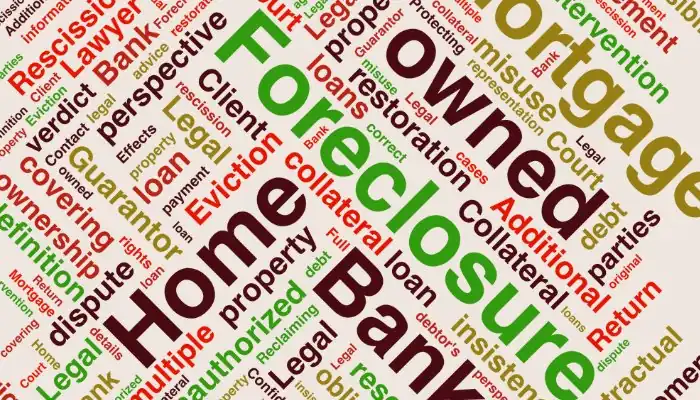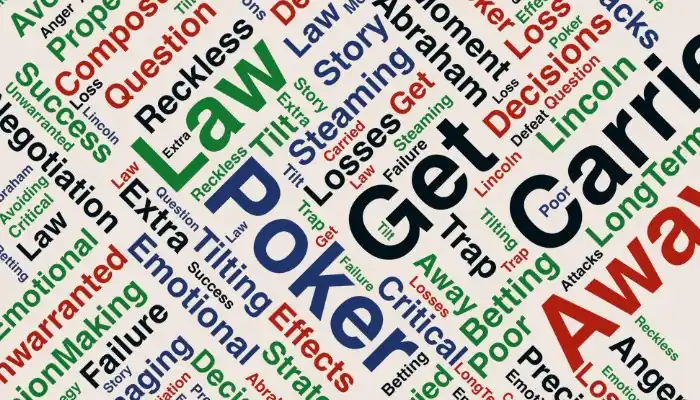If the 2,400 production units seized by the bank are to be returned, their owners will have to buy them back at three to four times the price from the bank. This is the outcome of the repeal of the repurchase regulations, a recent masterstroke by the Central Bank, resulting in a 3-0 victory in favor of the bank.
With three skillful moves, the Central Bank managed to remove the repurchase regulations (returning seized properties) from the country’s monetary and banking regulations. With the elimination of these regulations, properties seized by banks are sold at the current market price and with new loans to their previous owners. Essentially, the producer escapes a pit only to fall into a well.
For instance, in 2018, a bank seized a feed production factory located in the Khazra Industrial Park in Kerman for 1,400,000,000 tomans in exchange for its debt. By the end of 2020, the bank wants to sell the same property back to its previous owner for 4,700,000,000 tomans in installments, even charging new interest for the installment payments. If the Central Bank had not repealed Article 11 of the Guidelines on the Disposal of Excess Assets of Credit Institutions, this entrepreneur could have reclaimed the factory by paying the principal, interest, and damages, with a maximum rate of 27 percent. However, if the property is to be sold to him at the current market price, the bank’s minimum profit over these two years is 235 percent, or 117 percent annually. If this sale is in installments, at least 18 percent is added to it. What sweeter revenue for the bank? And what greater obstacle to production?





